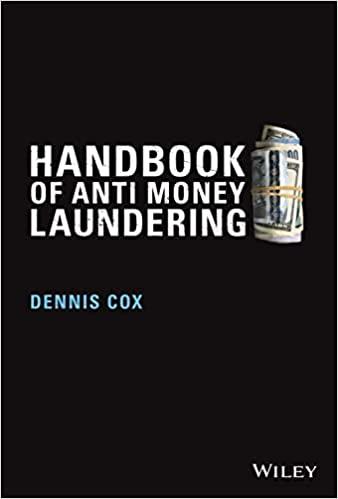| | a. If a project's IRR is less than its required rate of return, then the discounted payback period will be less than the regular payback period. | | |
| | b. If a project has a cash outflow at t = 0 followed by a single cash inflow at t = 10, then the MIRR will be less than the regular IRR. | | |
| | c. One can find the "cross-over rate," or the discount rate at which two normal projects have the same NPV, by finding the IRR of the differences in the projects' yearly cash flows. | | |
| | d. If you calculate a project's MIRR and find it to be the same as the regular IRR, you can be sure you made a mistake. | | |
| | e. If a project has a cash outflow at t = 0 followed by a single cash inflow at t = 10, then the MIRR will be greater than the regular IRR. | | |






